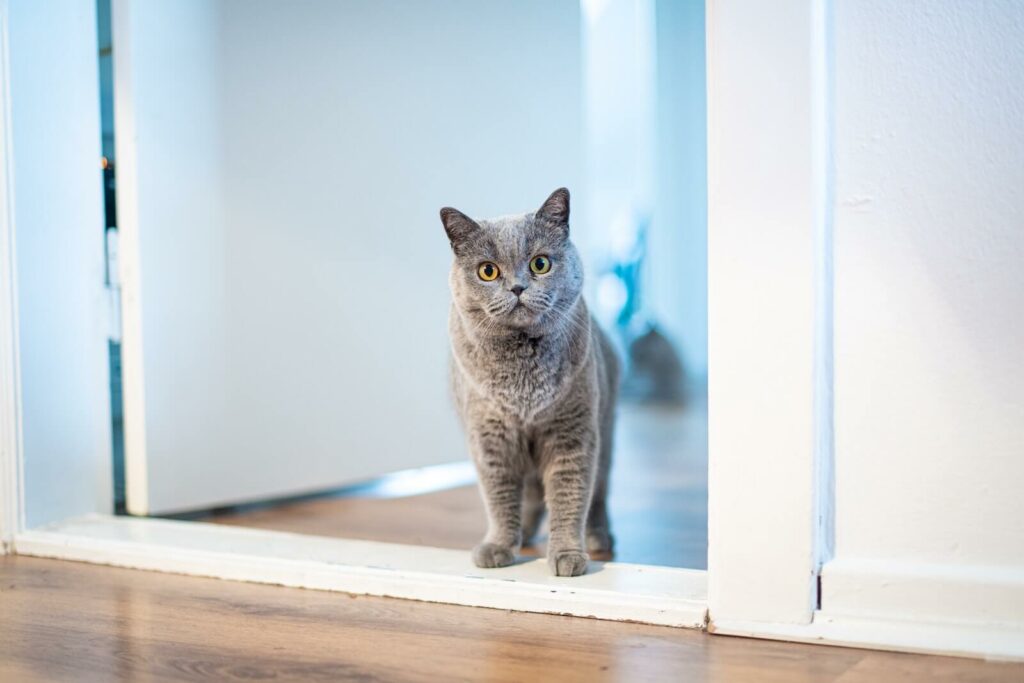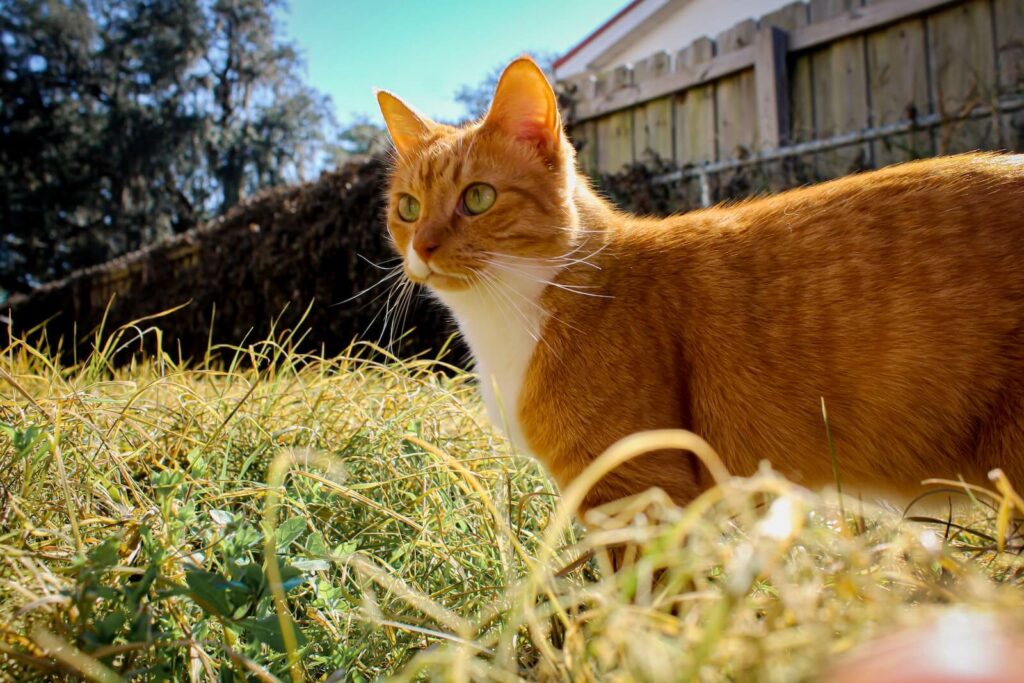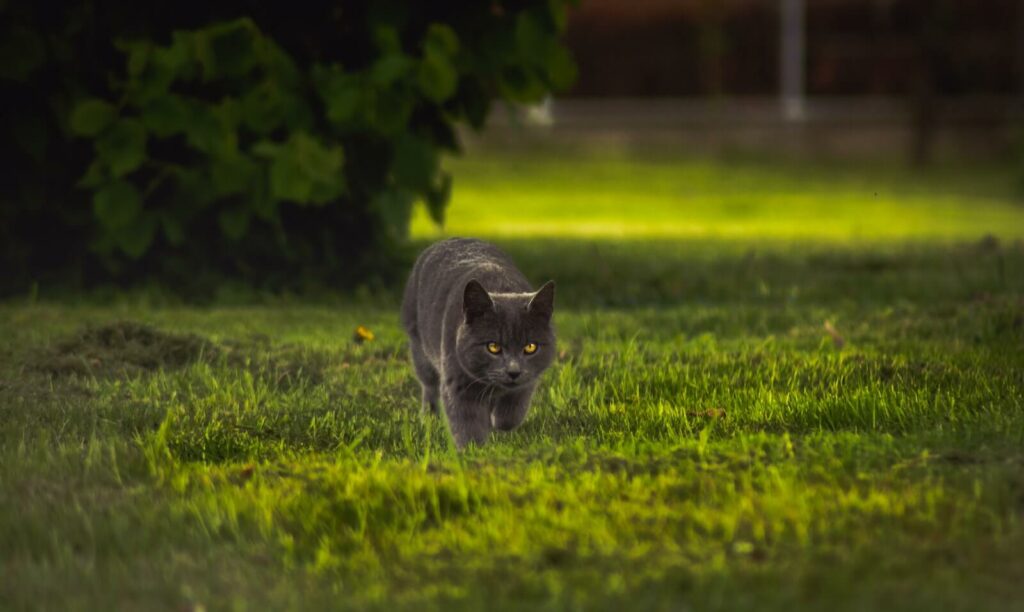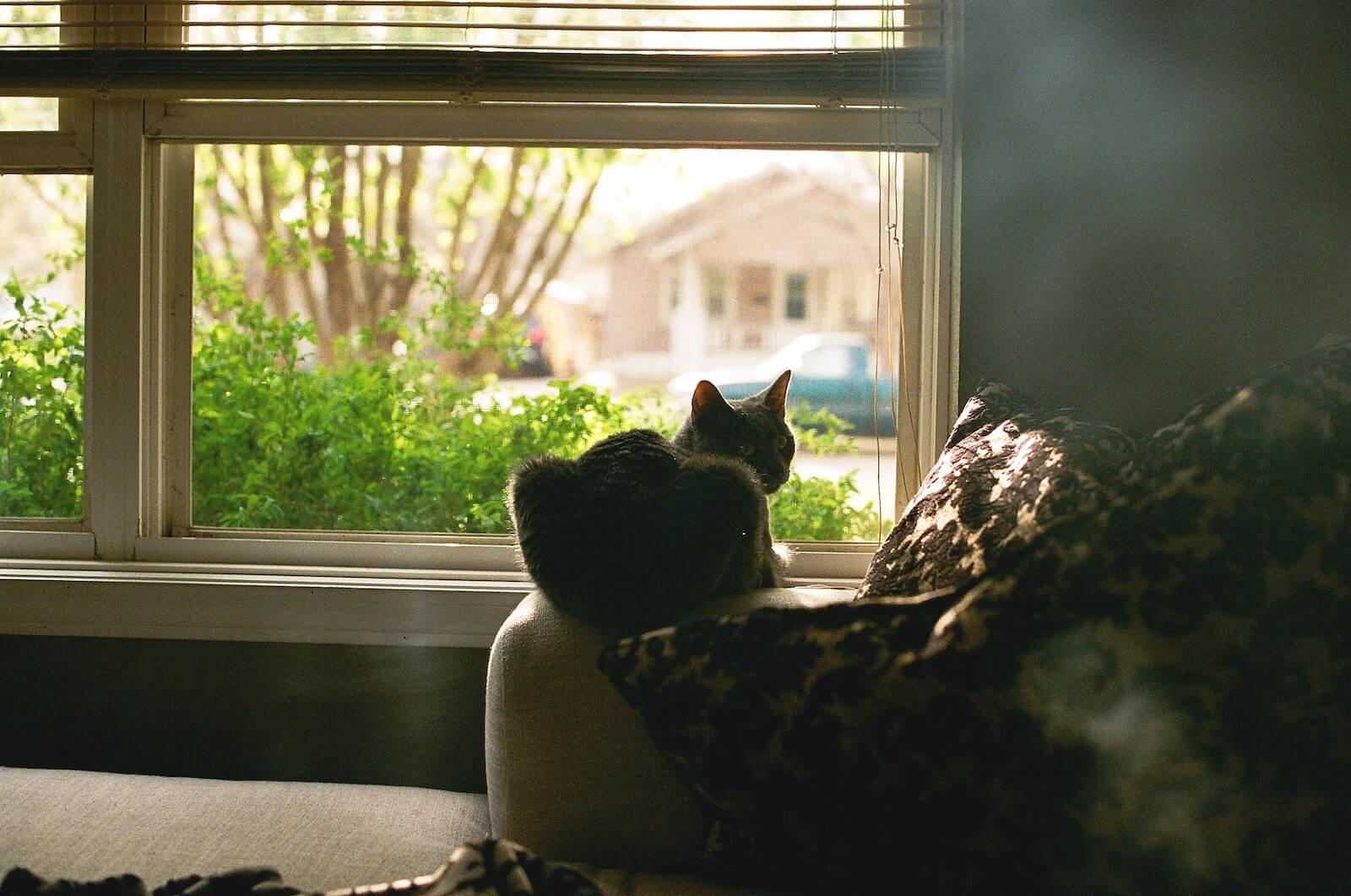This time we will talk about a controversial but vital topic for all cat parents worldwide: should I let my cat go outside? What are the benefits of indoor vs. outdoor cats? If you have asked yourself this question, you’ve come to the right place because I’m going to tell you the essential aspects to consider to make an informed decision.
It is not strange that we ask ourselves this question because although we try to give the best to our cat and protect it from any danger, we cannot forget that they still have that wild and explorer nature. That hunting instinct makes many cats seek to leave home to wander and play outdoors instead of just observing the world from the window.
Is it cruel to keep cats cooped up indoors without allowing them to develop their instincts? After all, cats did not originate inside a house but outdoors in the wild. Join me in finding answers to this and many other questions.
Indoor vs. outdoor cats: Inside or outside? What’s better?
To make a decision, you have to explore the benefits and disadvantages of both options, taking as the most critical aspect the health and welfare of your cat. And while it’s always important to weigh what the experts say, in the end, only you know what will be best for your cat because only you know its specific needs.
Indoor vs. outdoor: Health concerns
Indoor cat
- Obesity: An indoor cat, especially in apartments or homes without a lot of space to run around, tends to become obese from lack of exercise. Although not the ideal equivalent, those with indoor cats may purchase tall poles for the cat to climb and jump on and interactive toys for the cat to chase during the day. It is also part of our task to play with him, encourage the necessary physical activity, and provide a balanced diet appropriate to his age and needs.

- Stress and anxiety: Cats are prone to stress easily. A cat with inadequate space to relax or toys to unload its energy can have a hard time due to boredom and anxiety of being locked up all day. It is convenient to dedicate some time to play with our cat or involve him in daily activities to establish a routine that gives meaning to his days.

Outdoor cat
- Fleas, ticks, and mites: outdoors will expose you to bugs from other cats and feral animals, which will cause discomfort, itching, and even infections.
- Feline AIDS (FIV): It is one of the most common diseases of cats worldwide. It attacks their immune system and makes cats vulnerable to many other infections.
- Feline leukemia (FeLV): This disease spreads rapidly and in multiple ways. During mutual grooming, the virus can spread through infected cats’ saliva, urine, feces, and milk.
- Feline distemper (panleukopenia): also known as cat parvovirus, is transmitted through contact with the feces, urine, and nasal discharge of an infected cat.
- Upper respiratory infections (or URI): Because cats are very sensitive to temperature changes, it is common for them to get URI, something like a cold, lasting 2 to 3 weeks.
Indoor vs. outdoor: General safety concerns
In this section, the most significant disadvantage is for those cats that spend time away from home. A cat that lives outside or goes out alone regularly is exposed to a much greater world of danger than if it were indoors. This is not to say that this will happen to your cat if it goes outside, but you should be aware that it can happen and look for ways to avoid it.

A cat that is free to go out into the garden can quickly jump the fence and go directly into the street, and although cats are very smart, they often don’t react in time when they are in front of a moving vehicle. One of the main dangers for a cat in the street is cars, especially since outdoor cats are usually more active at night when visibility on highways and roads is lower.
Another danger factor is an animal attack, such as another house cat with permission to roam, a feral cat, dogs, coyotes, you name it. The danger is not only that they will cause injury to the cat but that they will transmit a disease that will diminish their quality of life and, of course, in the case of females, an unwanted pregnancy.
Secure options, the best of both worlds
If you want your cat to experience the world but are afraid that something might happen to her, you can try one of the following options.
- Place cat shelves in front of your windows. This way, your friend can watch the street, the people, and the birds and will no longer feel isolated inside the house.
- Teach your cat to go for a walk with a harness, just like any dog would do, it will take time, but it can be the ideal solution.
- If you have a garden, build a cat-proof fence so he can go out without you worrying about him escaping into the street.
- Last but not least, if you are going to let your cat out, make sure it has all the appropriate vaccinations, regular check-ups with the veterinarian, and routine deworming to prevent it from accumulating fleas, and ticks, or intestinal parasites.

Indoor vs. Outdoor cats: Final Thoughts
Don’t let the situation stress you out. Whatever your decision, it will be the best because you only look for the best for your furry friend. Some cats even decide for you because they insist on going out whenever you open the door.
You should know that once you let your cat out, there is no turning back. Since he has tasted freedom, he will not want to return without his daily adventure. Therefore, you must be sure of your decision before letting him out. If you have any questions or want to share your experience with us, please leave a comment below. We would love to hear from you!
